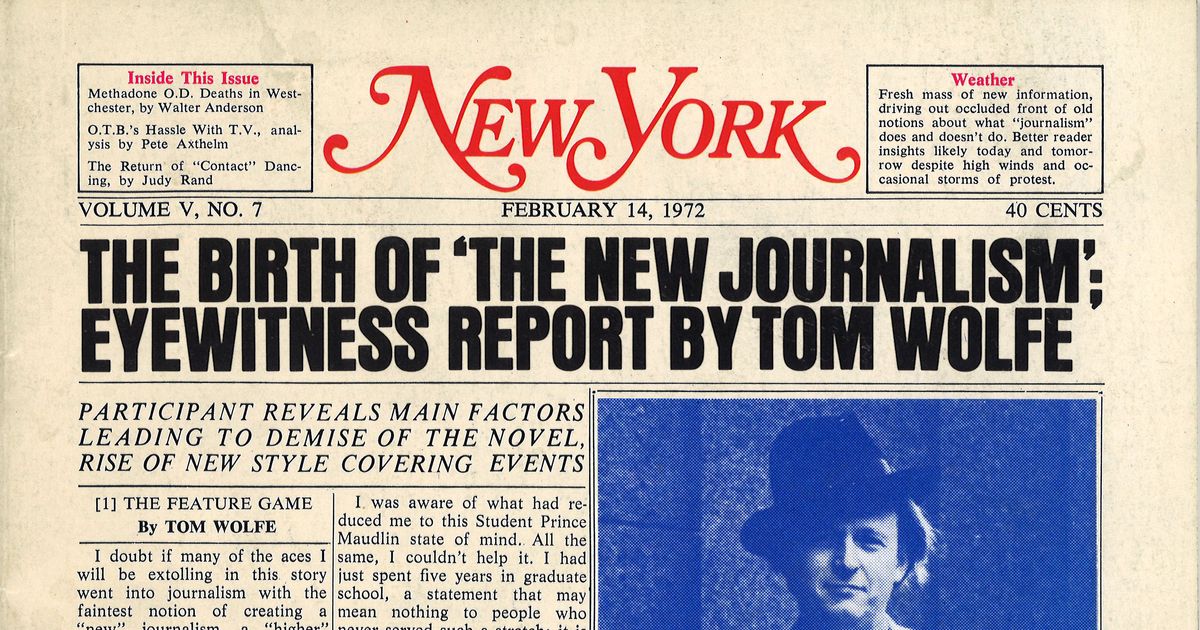Excitement About News Articles
Table of ContentsTop Guidelines Of News ArticlesIndicators on News Articles You Need To KnowGetting My News Articles To WorkThe Buzz on News ArticlesNews Articles Things To Know Before You Get This
Excellent expertise of various topics gives students an one-upmanship over their peers. Even though electronic and social media sites are conveniently accessible, we must not forget just how essential it is to read the newspapers. Parents need to try and instill the habit of checking out a paper as an everyday regimen to proceed the legacy of the adored print tool.Information stories also consist of at least one of the complying with crucial qualities relative to the intended target market: distance, prestige, timeliness, human rate of interest, quirk, or repercussion.
Within these restrictions, newspaper article additionally intend to be extensive. Other elements are entailed, some stylistic and some acquired from the media kind. Among the bigger and extra highly regarded newspapers, fairness and balance is a significant consider offering information. Commentary is generally confined to a different section, though each paper might have a various general angle.
Newspapers with a global audience, for example, have a tendency to make use of a much more official design of composing. News Articles.; usual design overviews include the and the United States Information Design Book.
News Articles Fundamentals Explained
Generally, reporters will certainly not make use of a lengthy word when a brief one will do. They utilize subject-verb-object building and dazzling, energetic prose (see Grammar). They supply anecdotes, instances and allegories, and they hardly ever depend upon generalizations or abstract concepts. News writers attempt to avoid making use of the very same word greater than once in a paragraph (often called an "resemble" or "word mirror").
Nevertheless, headlines in some cases omit the subject (e.g., "Leaps From Watercraft, Catches in Wheel") or verb (e.g., "Cat woman lucky"). A subhead (additionally subhed, sub-headline, subheading, subtitle, deck or dek) can be either a secondary title under the main heading, or the heading of a subsection of the write-up. It is a heading that precedes the major text, or a team of paragraphs of the major message.
of an article topic, informant, or interviewee), it is referred to as a pulled quote or pull quote. Added billboards of any of these types might appear later in the article (specifically on succeeding pages) to tempt additional reading. Journalistic websites often utilize animation strategies to switch one signboard for another (e.g.
The Basic Principles Of News Articles
Such signboards are additional hints additionally used as reminders to the write-up in other areas of the publication or website, or as advertisements for the item in various other publication or sites. Press launch of the Swiss government. Normal structure with title, lead paragraph (recap in bold), other paragraphs (details) and contact details.

Instance of a hard-lead paragraph NASA is recommending an additional space project. The agency's spending plan demand, revealed today, consisted of a strategy to send out another objective to the Moon. This time around the company intends to develop a long-lasting center as a jumping-off place for other area experiences. The budget demands roughly $10 billion for the task.
An "off-lead" is the second most essential front web page news Your Domain Name of the day. To "hide the lead" is to begin the write-up with history info or information of secondary relevance to the readers, forcing them to read more deeply into a short article than they ought to have to in order to find the necessary points.
What Does News Articles Mean?
Usual use is that or 2 sentences each form their own paragraph. Reporters typically describe the organization or framework of an information story as an upside down pyramid. The essential and most interesting components of a tale are put at the start, with sustaining information complying with in order of decreasing importance.
It enables individuals to explore a topic to only the depth that their inquisitiveness takes them, and without the imposition of details or nuances that they might consider unnecessary, however still making that info available to much more interested visitors. The inverted pyramid framework also makes it possible for short articles to be cut to any kind of arbitrary size check my site throughout design, to fit in the room available.
Some authors start their tales with the "1-2-3 lead", yet there are several kinds of lead offered. A kicker can refer to several points: The last tale in the information broadcast; a "delighted" story to finish the show.
Longer short articles, such as magazine cover posts and the pieces that lead the inside sections of a paper, are recognized as. Attribute stories vary from straight news in a number of methods.
The Facts About News Articles Uncovered
The journalist usually details interactions with meeting subjects, making the item a lot more individual. A feature's very first paragraphs typically associate an appealing minute or occasion, as in an "anecdotal lead". From the details of an individual or episode, its sight rapidly widens to abstract principles concerning the story's topic. The section that indicates what a feature is around is called the or signboard.

The Editor's Toolbox: A Recommendation Overview for Beginners and Professionals (2001) Allan M. Siegal and William G. Connolly. The New York City Times Guidebook of Design and Usage: The Official Style Guide Used by the Writers and Editors of the Globe's Most Reliable Paper (2002) M. L. Stein, Susan Paterno, and R.